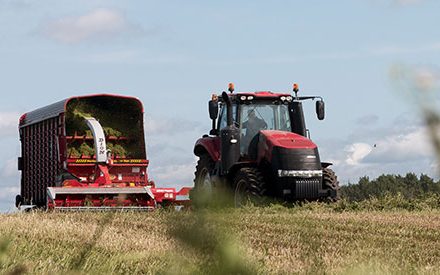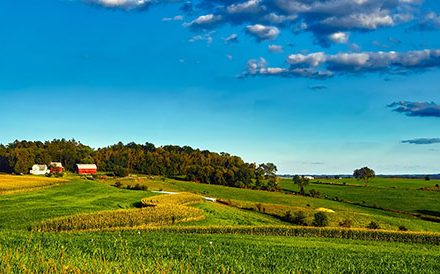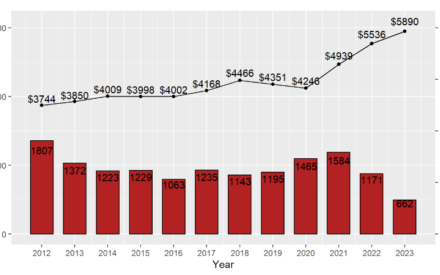The amount of farmland in Wisconsin that is leased to others to operate is significant. According to the 2012 National Census of Agricultural, approximately 40-49% of Wisconsin farmland is rented. Both farmers and landowners recognize the importance of land resources, however arriving at an agreed upon equitable value for both can be challenging. The success of the lease agreement depends on meeting the expectations of all parties.
Often the parties involved in rental rate negotiation start by asking for information about recommended rental rates, or with the question, “how do I determine what the property is worth?”
Determining a rental rate is not an exact science. Local demand and supply conditions, anticipated market conditions, and long-standing working relationships can have bearing on rental rate negotiations. Only the parties involved in the agreement can determine what is fair. However, there are resources available to help inform parties involved.
It is helpful to begin this conversation with an objective source. The USDA National Agricultural Statistics Service (NASS) conducts a survey every 2 years of cash rental averages by county. Information from that survey can be found here: https://www.nass.usda.gov/Statistics_by_State/Wisconsin/Publications/County_Estimates/
Cropland cash rent paid to Wisconsin property owners for non-irrigated cropland rent averaged $137 per acre in 2019, up $4 from 2017. Pasture rented for cash averaged $40 per acre, unchanged from 2017. These numbers reflect an average rate, while actual rental rates can range widely within any given county. How can two parties determine if they are above or below the average, and by how much?
An actual rental rate is influenced by a number of factors; here are a few main factors to consider.
- Soil type and yield potential are important factors both parties should consider. If the parties do not know the land’s soil type or yield potential, consider using the USDA Natural Resource Conservation Service Web Soil Survey https://websoilsurvey.sc.egov.usda.gov Keep in mind that the yield potential is a benchmark assuming average weather and fertility maintenance. It may be helpful to compare the f yield potential to the county average as a reference.
- Local demand can be determined in a number of ways, including the location of the farmland and competition for farmland in the region. One can gather information by talking with neighbors, but a more accurate assessment may be to talk with a County UW-Extension Educator, or even by publicly advertising the property.
- Number of contiguous acres and ease of farming. A flat 80-acre field with ease of access is potentially more valuable than a cluster of ten-acre fields of odd shape with knolls, swales and springs with deteriorating or no direct access road.
- A few other factors affecting rental rates may include enrollment in government programs, which generally have payments tied to those acres from the USDA Farm Bill program. Length of rental contract can also impact rates. A longer-term contract will encourage investment in the property with lime and fertilizer, and perhaps soil conservation practices such as creation of contour strips, grass waterways and various preferred tillage practices.
If parties involved in an agreement have issues, damages have been incurred, or are in disagreement, it is important for the parties to involve a legal attorney.
Resources
- The USDA National Agricultural Statistics Service (NASS) conducts annual surveys of cash rental averages by county. https://www.nass.usda.gov/Statistics_by_State/Wisconsin/Publications/County_Estimates/
- USDA Natural Resource Conservation Service Web Soil Survey, for soil information, land use recommendations and crop yield estimates https://websoilsurvey.sc.egov.usda.gov
- Extension’s Ag Lease 101 for ag land and facility lease examples and explanation https://aglease101.org
- Farm Commons, legal resources for farmers org


 Creating a Robust, Authentic Agriculture Land Lease
Creating a Robust, Authentic Agriculture Land Lease Wisconsin Cash Farm Land Lease Example
Wisconsin Cash Farm Land Lease Example Wisconsin Agricultural Land Prices 2024
Wisconsin Agricultural Land Prices 2024 Wisconsin Agricultural Land Prices 2023
Wisconsin Agricultural Land Prices 2023


